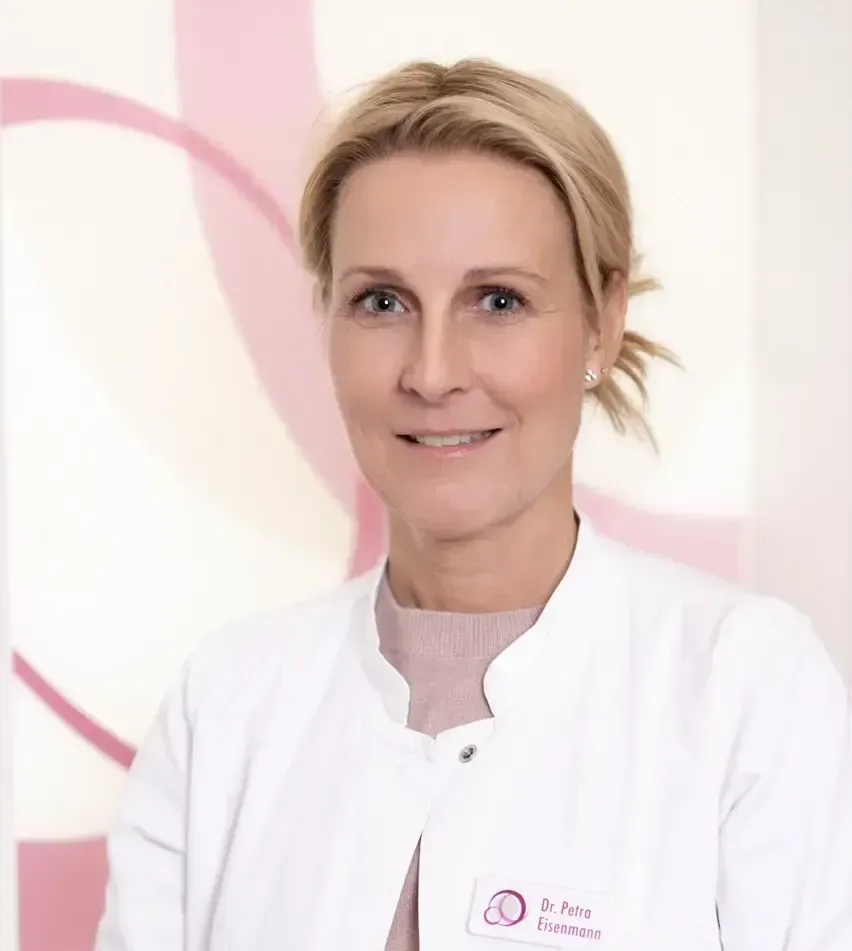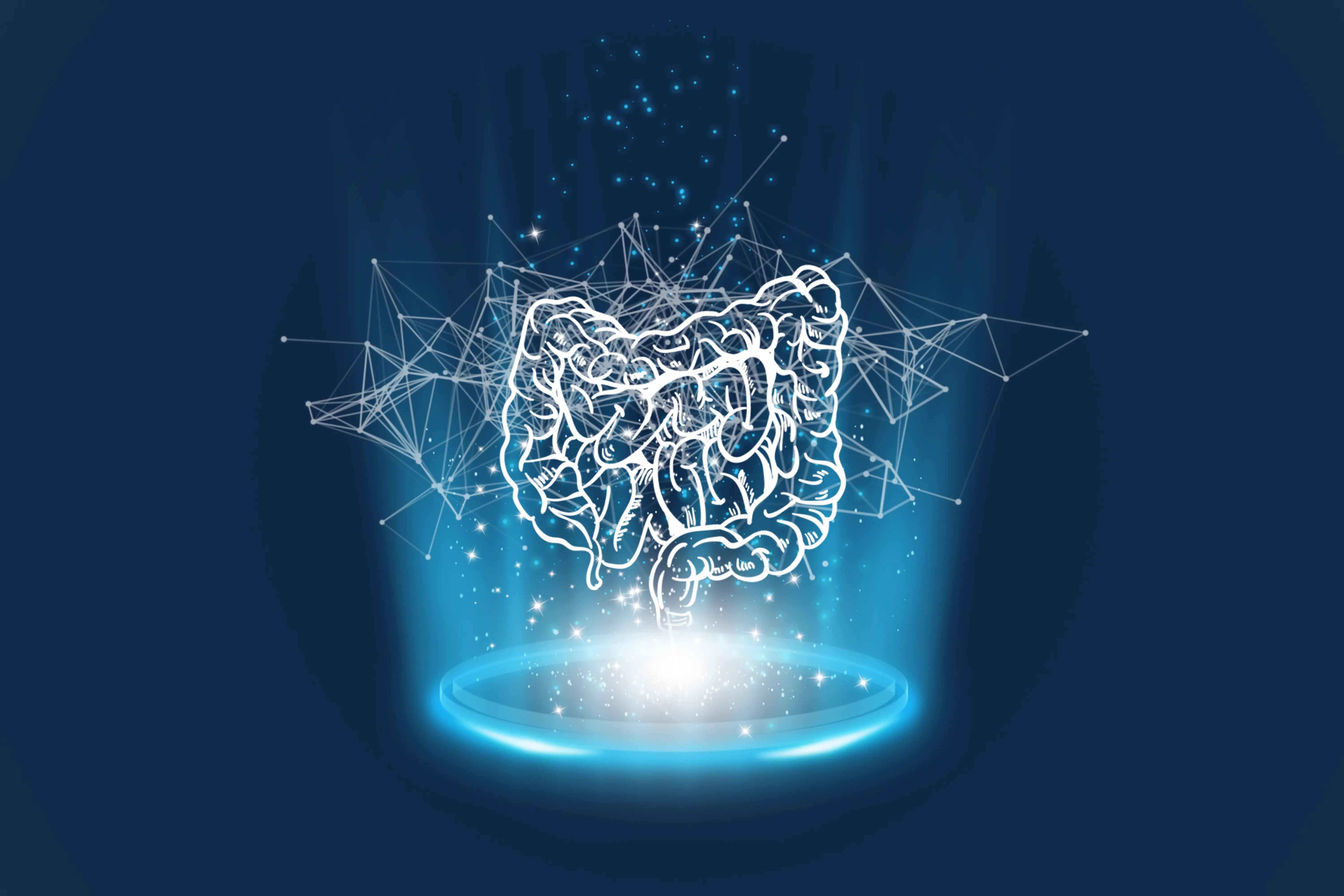Unfulfilled desire to have children
In Germany, every 10th couple remains involuntarily childless. A restricted fertility or infertility affects women and men equally. The reasons for this can be diverse: In addition to physical causes such as hormonal disorders or the loss of ovarian function, as well as various external influences such as smoking or stress , the increased age of women planning their first pregnancy is also a common reason that more and more couples are affected.
Medically, many fertility disorders can be treated, and the methods of human reproductive medicine are constantly evolving, so involuntary childlessness does not have to remain an unchangeable fate. For unfulfilled desires to have children, there are various steps and options that can be considered.
Unfulfilled desire to have children: Medical clarification
The first step is an appointment with the gynecologist to clarify any possible causes. This involves searching for physical causes, which can include disturbances of the ovaries, adhesions or other malformations of the ovaries, endometriosis, untreated infections, as well as hormonal disorders.
The diagnostic measures include an ultrasound examination of the ovaries and the uterus, the determination of hormones, microbiological examinations in case of suspected genital infections, the examination of ovulation, and the patency of the fallopian tubes. Once all examinations provide a result, the gynecologist will discuss the appropriate therapy or further procedure with the couple.
cycle diagnostics with the help of hormone laboratory
Cycle diagnostics with a hormone laboratory is an essential component for investigating the causes of unfulfilled desire for children. It helps to analyze the hormone balance and to identify possible disorders of the female cycle or hormonal problems in the man. Initially, the individual cycle is discussed in an anamnesis: How long does the cycle last, is it regular, are there intermenstrual bleeding, etc. Previous illnesses or possible family predispositions are also inquired.
With the hormonal analysis in the blood, the hormone level is measured on certain days depending on the cycle phase. Important parameters include the early follicular phase (days 1–5), which provides information about egg maturation and the activity of the growing follicle. In the luteal phase (21st day), it shows whether ovulation has occurred and whether receptivity to conception is increased.
cycle monitoring with the ultrasound
Cycle monitoring with ultrasound is used for the precise observation of the female menstrual cycle and the assessment of fertility. The cycle is monitored in real-time to check if and when ovulation occurs. It also controls follicle growth and assesses the build-up of the uterine lining to determine if it is optimally prepared for implantation. Further goals are the diagnosis of cycle disorders and the determination of fertile days to set the best time for sexual intercourse.
How does cycle monitoring work?
During the first appointment (cycle days 2–5), the ovaries and follicles are checked, and the uterine lining is examined. On cycle days 8–14, follicle growth is monitored, follicle size is measured, and the uterine lining is assessed. During the subsequent ovulation monitoring, ovulation can be visualized by ultrasound; if necessary, it can also be induced with medication. In the late cycle phase (day 21), it is checked whether ovulation has occurred and if the uterus is ready for implantation. The advantage of monitoring is the precise real-time monitoring of the cycle, and it is non-invasive and painless.
Investigation of infertility factors and functional disorders in women and men
The investigation of infertility factors and functional disorders in both women and men is systematic and includes medical examinations, laboratory tests, and imaging techniques. The aim is to identify the cause of unfulfilled desire for children in order to initiate appropriate treatment measures.
For women, in addition to gynecological history, hormone tests (including progesterone, estradiol, prolactin, and thyroid hormone), cycle monitoring, imaging diagnostics (including ultrasound, X-ray examination of the uterus and fallopian tubes, and hysteroscopy) and infection diagnostics, genetic tests are also carried out. Particular attention is paid to searching for genetic anomalies.
For men, after taking history (lifestyleearlier illnesses, sexual health, and family history), a semen analysis is performed, which provides information about sperm quality and quantity. Hormone tests assess, among other things, the status of testosterone and prolactin, where increased levels can affect both libido and sperm production. An ultrasound examines the testicles, and genetic tests can analyze causes such as the cystic fibrosis gene mutation when a lack of vas deferens is suspected. Ruling out infections (e.g., chlamydia or prostatitis) is also part of the process.
Artificial Insemination
Artificial insemination involves various medical procedures in which eggs and sperm are brought together to increase the likelihood of pregnancy. The methods include:
Intrauterine Insemination (IUI)
In IUI, sperm is introduced directly into the uterus using a catheter to facilitate fertilization. The sperm is prepared in the laboratory beforehand, which means only the motile and healthy ones are selected. The optimal time is shortly before or during ovulation.
In-vitro Fertilization (IVF)
In IVF, the fertilization of the egg takes place outside the body in the laboratory. Several eggs are brought to maturity through hormonal stimulation and are retrieved through the vagina under anesthesia. The eggs are then brought together with the sperm in a nutrient solution in the laboratory where embryonic culture can develop for 2–5 days. During embryo transfer, one or more embryos are inserted into the uterus.
Intracytoplasmic Sperm Injection (ICSI)
In ICSI, a single sperm is injected directly into the egg using a very fine glass needle. This method is applied to all mature eggs.
How successful is artificial insemination?
The success rate of all methods depends on factors such as the woman's age, sperm quality, and the cause of infertility. The average pregnancy rate per cycle is 10–15 percent for IUI, up to 40 percent for IVF, and between 25 and 40 percent for ICSI. Several treatment cycles are usually necessary for a successful outcome.
Social Freezing with desire for children
Social Freezing refers to the precautionary preservation of eggs (cryopreservation) to give women the opportunity to preserve their biological fertility for a later time.
Who is Social Freezing suitable for?
Originally, this method was developed for medical reasons such as an upcoming Chemotherapy or for endometriosis. It is now also used for social or professional reasons. It is aimed primarily at women between the ages of 25 and 35 who have a clear perspective on realizing their desire to have children at a later date, or at women who want to secure their fertility independently of a partner. Even in a stable partnership, it is possible to freeze already fertilized eggs to have them inserted at a later date. This increases the chances of success, especially for older couples at that time.
How does Social Freezing work?
After a counseling session and a preliminary examination (including hormone status, ultrasound of the ovaries, and tests for infectious diseases), there is hormonal stimulation to promote the maturation of several eggs in one cycle. Under anesthesia, the eggs are retrieved from the ovaries using a fine needle (follicular puncture), ideally in a quantity of 10–20 eggs. These eggs are preserved through vitrification (rapid freezing process) and can be stored in liquid nitrogen at -196°C for years.
If there is a desire to have children later, the eggs are thawed and fertilized by in vitro fertilization (IVF). After fertilization and embryo culture, the embryo is inserted into the uterus. The average pregnancy rate per frozen egg cycle is usually 25–50% (depending on the number and quality of the eggs).








